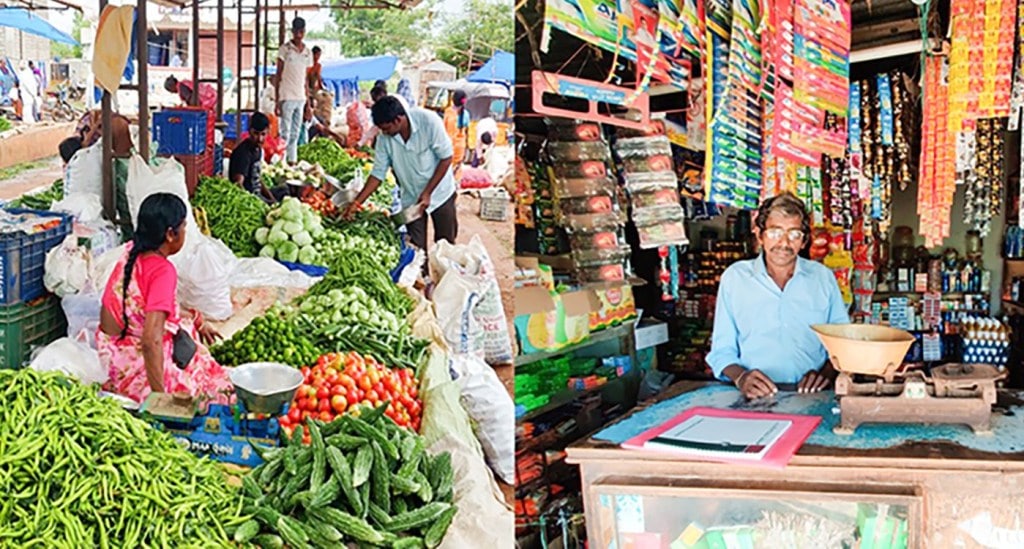
Diversification of farms is often advocated for bringing diet diversity to rural households and improving nutrition, but how does it compare to market access? This blog traverses an extensive review of literature on the subject that was recently published. The review sought to determine the association between market access and dietary diversity in developing countries. Verdict: the answer lies in context and detail.
A significant number of undernourished people live in rural Asia and Africa, many of whom are in smallholder farm households that largely depend on agriculture for livelihood. Typically, farmers consume a considerable share of what they produce, mostly cereals that lack essential micronutrients; hence, increasing on-farm diversity with different types of crops, vegetable and livestock species is seen as a promising way to improve household nutrition. However, farm diversity is declining on small farms across the world due to increased market oriented production systems and is resulting in increased dependence on local markets for diverse food. Therefore, local markets have become important in supplying diverse food to rural households.
In a recently published article in the Global Food Security Journal, this blogpost’s author with ICRISAT colleagues Dr S Nedumaran, Senior Scientist-Economics and Dr R Padmaja, Senior Scientist-Gender Research, investigated evidence for relative importance of local market access over farm production diversity for a household’s dietary diversity. The researchers screened 786 empirical research publications and identified 28 studies featuring related research in 14 developing countries (5 from Asia and 11 from Africa).
